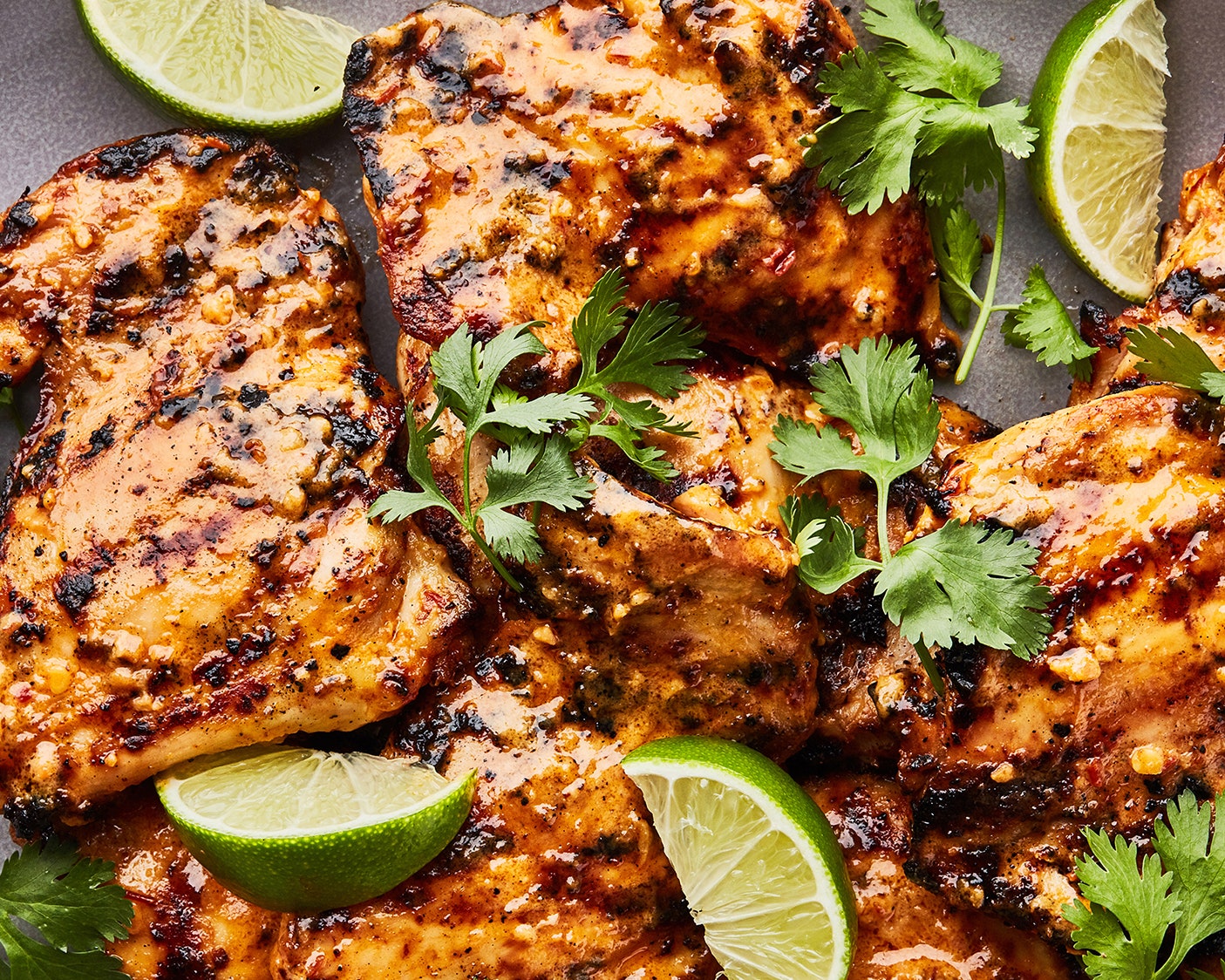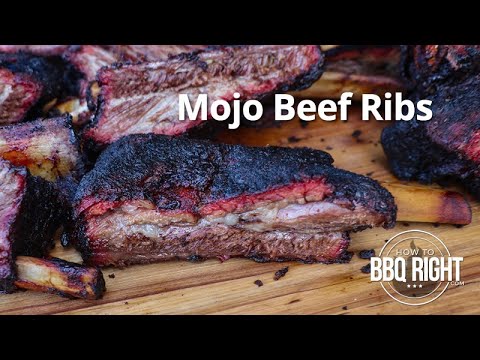
The cleanup is a major concern for water pan smokers. While it is possible to dump the water down the drain or to pour it into the yard, it is not a good idea to throw the meat fat down the drain. Doing so will only cause sewer and drain problems. Using a drip pan will catch the grease and leave the water pan relatively fat-free. Here are some helpful tips to ensure water pan smokers stay clean and free of grease.
Beer
You can also cook your meat in water pan smokers with beer or wine. While beer is the most popular choice, you can also use apple cider or sand. Wine and beer enhance the meat's flavor and moisten it. Red lava stones can increase the humidity level in your smoker. These rocks are readily available at many garden stores. They act as sponges and increase the surface area for water. These rocks add humidity to the smoker's room.
Other uses of beer in a smoker are as a wood-chip soaking solution. This will slow down the combustion of wood chips as well as add subtle beer flavors to your meat. A smoker can use beer as a humidifier. The more beer you add, the stronger the beer flavor will be. Also, dark beers are great with meat. Beer is often used in barbecue sauces but you can also use it to make a mop or sauce.
Tap water
One common myth is that tap water for water pan smokers can affect the quality and taste of your barbecue. Tap water used to smoke meats in water pan smokers does not affect their taste or texture. The water pan in a smoker can be an important part of the cooking process but it should not be the sole factor. Some smokers also add spices, vinegar, or any other aromatic liquids. These do not affect the flavor of your food.
Use clean, tap water to keep your pan from absorbing grease and smoke. You can use a flashlight to check the pan for leaks if you cook at night. Hot soapy water is all that's needed to clean the water pan. Use a nonabrasive cleanser to get rid of stubborn stains. It is vital to ensure that your water pans are cleaned regularly.
Tap water is best for water pan smokers
The liquid for your water pan should be hot. Your water pan should be hot. However, flavoring will not improve the taste of your food. It will however help to maintain a constant temperature on the grill. It is also important that the water pan is refilled on a regular basis. Tap water is the best liquid you can use in a water-pan smoker. Use cold water only if you want to reduce the heat of your grill.
Water pans are able to maintain stable temperatures, which can help you smoke meats at your preferred temperature. Water is a good way to stabilize cooking temperatures as it can't exceed boiling point. The ideal temperature for smokers is around 225°F. Water can be added to the smoker's cooker chamber to help maintain this temperature. Because water evaporates more quickly than air, water pellets make less smoke.
If you are using a water-pan smoker, place it next to the coals. When you place the wood chunks in the pan, you should fill it halfway. You can also place the pan on top of the coals. Although bullet water pan smokers can use a waterpan, the bullet design is closer to the coals. This results in faster smokes. A water pan smoker can be dangerous if it doesn't contain water, but it will produce smoke more quickly than a water-only smoker.
Tap water repels the flames
The water pan smoker's tap water serves two purposes. First, it acts as a flame repellent. It provides a cool, moist environment for meat that can develop more flavor. It's best to use it whenever smoking is desired. If you don’t wish to use it you can spray your meat every 30-60 min with apple juice to impart a sticky effect.

Tapwater is a good repellent for flames on water pan smokers. It also helps regulate the smoker's body temperature. A water pan keeps the air temperature lower and nearer the desired temperature. Water acts as radiant heat, which allows smoke particles adhere to the meat better. With an electric smoker, you can use a waterpan!
Fish
A water pan smoker for fish smoking can be a wonderful way to prepare fishes for long-range cooking. The smoker's instructions require that the water pan be filled to the exact level indicated on it, but not more than the rim. You can also add seasonings to the water to give it a unique flavor. Prepare the fish as per the recipe to begin smoking. Once the water has been beaten, place the fish in the smoker. Keep an eye on the fish throughout cooking to ensure it is cooked at the correct temperature.
For six to twelve hour, the ambient temperature of the water pan smoker is maintained at 68-86degF. Test the thickness of the fish with a fork. If it breaks easily, it is done. Fish should attain an internal temperature between 140-145 degrees. It is a convenient way to enjoy a wide range of fish, in addition to improving your heart health.
Brisket
The smoker is an excellent tool for cooking brisket. This smoker uses smoke and steam to flavor the meat. It is also indirect heat. It can be made from a variety woods but prefer one that has a high amount of wood flavor. The beef should be fork-tender when fully cooked. You should follow the instructions to ensure that your brisket is tender and juicy.
A water pan smoker will give you tender, juicy beef brisket. The water helps maintain a constant temperature. This is especially beneficial for smokers who experience high temperatures. Water pan smokers can produce bark that is more tender and less dry. This is a great option for those who want a more tender brisket. You can smoke brisket or pork in the water pans without burning it.
The water pan is the most popular option for smokers. Water pans allow the meat to be cooked faster by separating the heat and fire. The water absorbs heat from the meat, making the brisket moist and flavorful. Water pan smokers are able to smoke briskets in a non-wrapped manner. These smokers are great for smoking chicken, ribs, and briskets.
Brisket in a pot
Cooking brisket in the water pan smoker has many advantages. The water pan will create the "bark", the crisp outer layer of meat that is found on brisket. Maillard reactions produce bark. As the meat cooks, the moisture from the meat will evaporate. A water pan smoker can also be used to smoke brisket. The moisture in the pan will regulate the temperature. Too much moisture in a smoker can cause bark to become softer or less crispy.
The drippings of the brisket can also be made into an au-jus. You can place the brisket directly into the water pan. However, it is easier to place the pan alongside the brisket. The water pan will help to regulate the ambient temperature. This can be difficult to do in the cooking chamber. The drippings can also serve as au jus.
Fish in a water pan smoker

Water pan smoking can result in succulent smoked fish. The water preserves the fish's moisture throughout the smoking process, giving it an intense, rich flavor. Fish that has been smoked without a water pan tends to become dry and blackened, while other types of smoking can lead to delicate and flavorful dishes. To use a water pan smoker, fill the smoker's water pan with water, filling it halfway up with water.
Once the water is cooled, pour hot water into the pan. Some people like to flavor the water but it doesn't affect the taste of fish. Be sure to fill the water pan evenly and check it periodically. Hot water is best as the water pan may become cold. The heat will be decreased if the water temperature is too low, and meat will dry out.
Smoked water is similar to aging whiskey in a barrel. Filtered tap water is circulated via piping that contains oak chips and dust. Once smoked, the liquid has a brownish color and a whiskey-like flavor. The advantage of smoking water is that it doesn't dry out fish and adds flavor to it. Use a smoker specifically made for smoking fish to get the best results.
FAQ
What's the difference between a professional chef and an amateur cook?
A chef prepares food to be served to others. A cook cooks for others. While both jobs involve preparing food, a chef works directly with customers. This may mean that they might have to choose what to cook for guests depending on their preferences. The cook does not have to interact directly with customers. Instead, they ensure that the food tastes delicious before they serve it to others.
Can I learn how to cook together with my children?
Yes! Yes, kids love to help in kitchen. It's a fun activity which teaches children responsibility and teamwork. Children can help in everything, from washing vegetables and cutting onions. If your children follow safe practices when handling knives, they will enjoy helping you cook.
Are there any requirements to become a chef?
No. Many chefs learned their craft on their own. Some even went to culinary school just to gain experience. Culinary school is preferred by most chefs because they have more opportunities to grow and learn. Culinary schools provide hands-on training that helps students develop valuable skills and enhance their culinary knowledge.
Which is the best method to store leftovers?
Tupperware containers work well for leftovers. These containers keep foods fresh and prevent odors from forming. They also keep foods warm for longer. Frozen leftovers can be kept in freezer bags. For food that you are freezing, make sure to place it inside another freezer bag. Once the food has been frozen, transfer it into an airtight container such as a zip lock bag.
Statistics
- In the United States, the category is estimated at $23.2 billion annually and is growing faster than the market. (washingtonpost.com)
- On average, chefs earn $58,740 a year, according to the BLS. - learnhowtobecome.org
- You'll be amazed that over 90% of CIA students receive scholarships and grants to finish their culinary studies. (ischoolconnect.com)
External Links
How To
How to cook steak
The thickness and cooking method of any kind of meat will affect the way it is cooked. Thicker steaks cook best at low heat. Thicker steaks require higher temperatures.
They will lose their flavor if they are overcooked. Don't forget to take the steak out of the pan once it's finished. This will ensure that you don't burn your self.
Cooking time will depend on the size of your steak and the desired level of doneness. Here are some guidelines:
Medium Rare: Cook the meat until it reaches medium rare (63°C). This takes between 3 and 5 minutes per side.
Medium: Cook until medium, which means the internal temp reaches 160degF (71degC). This typically takes 6 minutes per side.
Cook well until done. That means that the internal temp reaches 180degF (82degC). This typically takes 8-12 minutes per side.